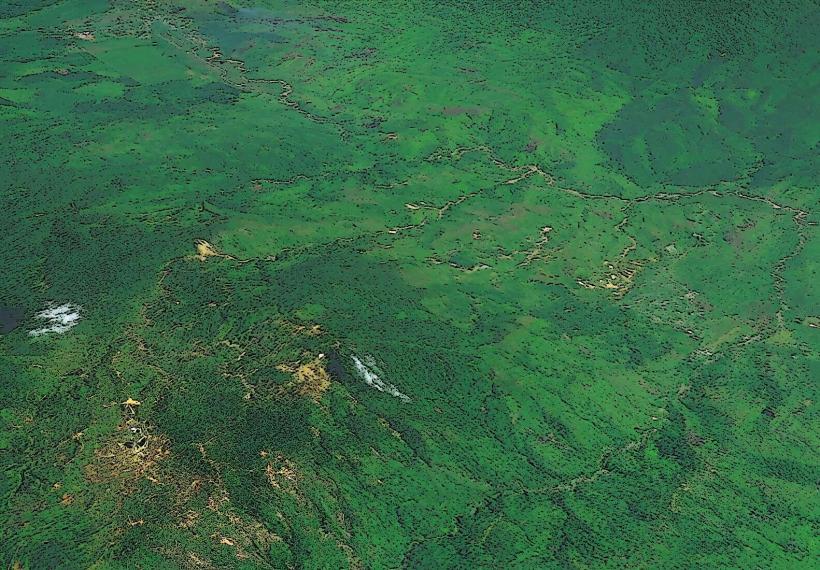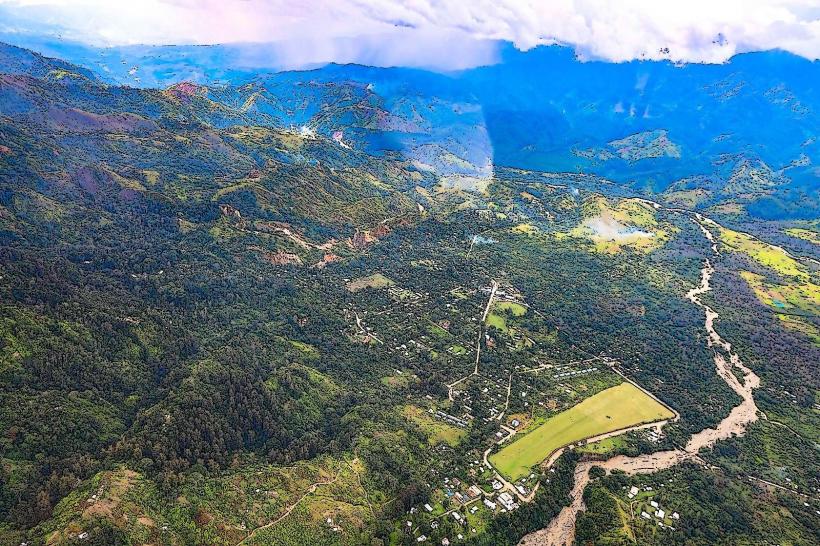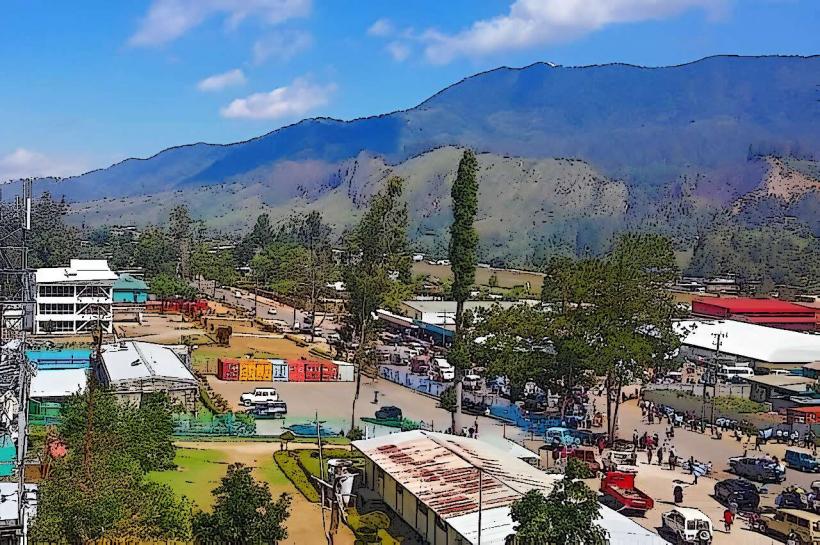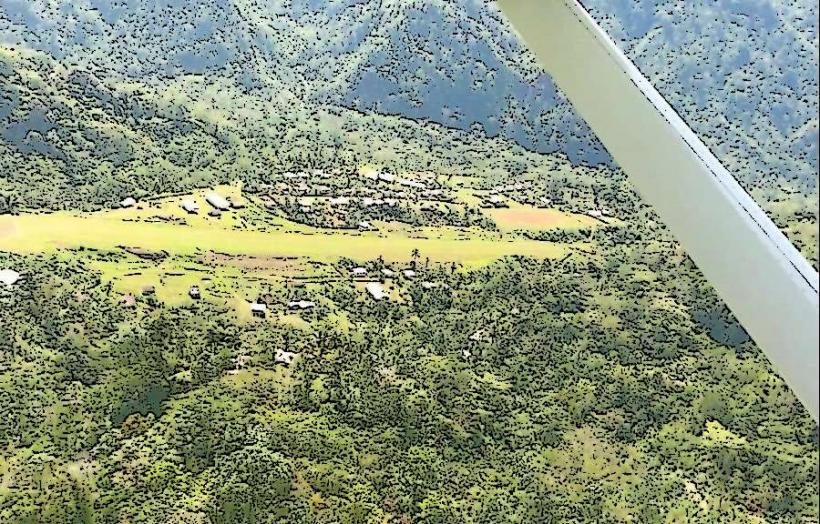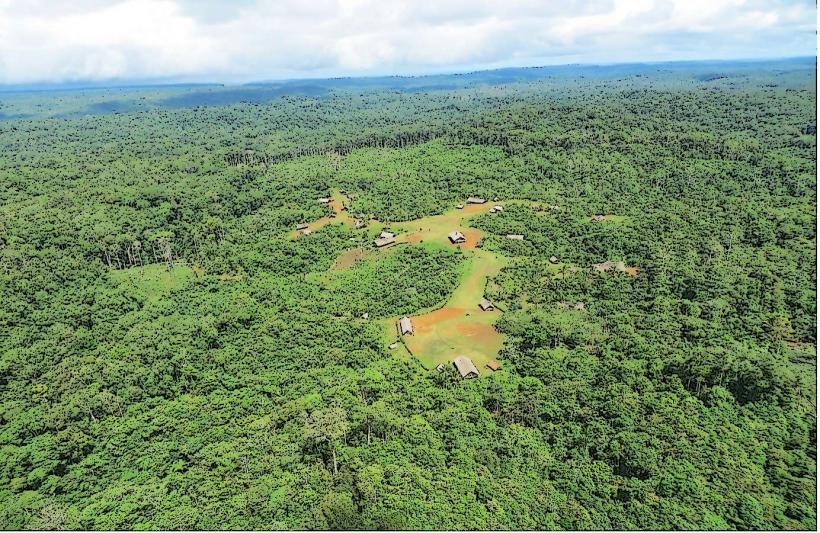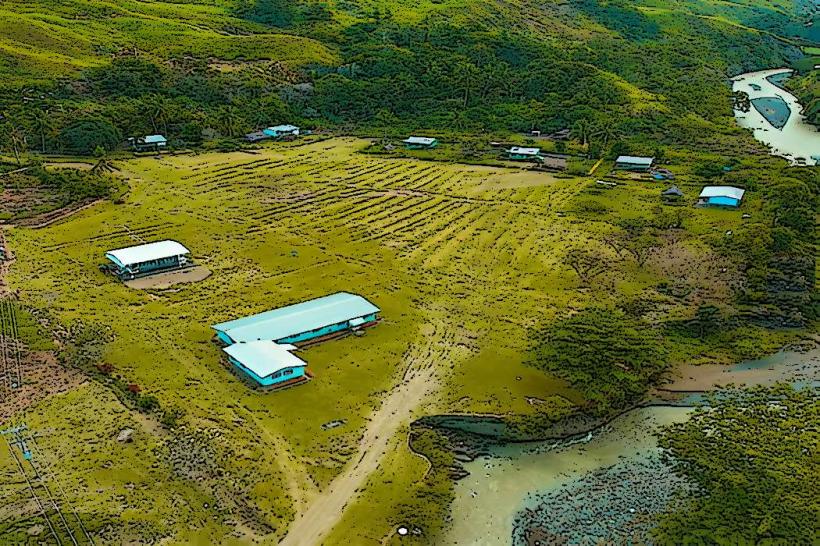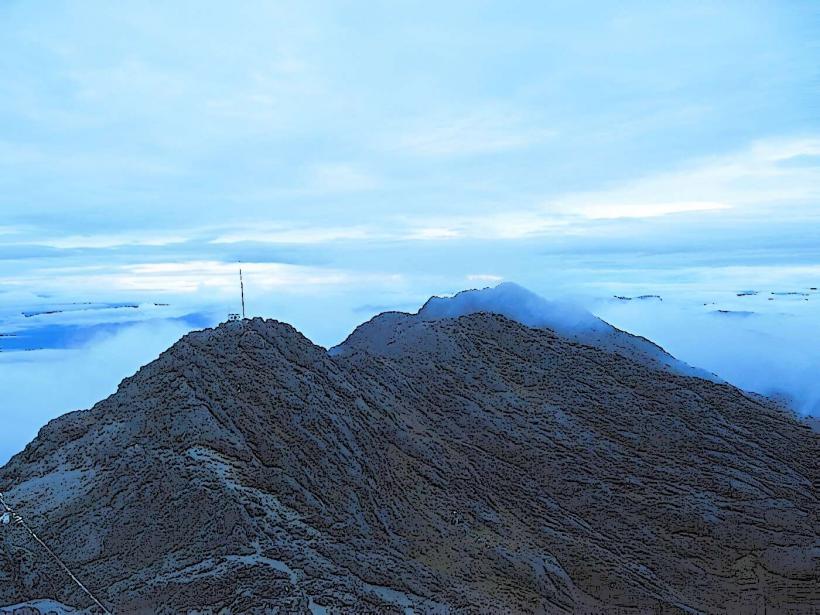Information
Landmark: Watut RiverCity: Morobe
Country: Papua New Guinea
Continent: Australia
The Watut River is a significant river located in the Morobe Province of Papua New Guinea. It is an important natural feature of the region, with a long history of use by local communities and playing a crucial role in the surrounding ecosystems. Here's a detailed look at the Watut River:
Location and Geography
The Watut River is located in the Morobe Province, in the central part of Papua New Guinea. It flows through the mountainous terrain of the Huon Gulf, which is situated to the north of the Owen Stanley Range. The river is known for its distinctive course through the region, flowing primarily from the highlands toward the coast.
Source: The Watut River originates in the highland areas, where it gathers waters from several smaller tributaries in the central mountains. It is fed by rainfall in the region, which is abundant due to the tropical climate of the area.
Course and Flow: The river flows generally in a northward direction, passing through steep valleys, dense forests, and agricultural lands. It eventually empties into the Huon Gulf of the Bismarck Sea, providing a natural outlet to the Pacific Ocean.
Length: The Watut River is approximately 160 kilometers (100 miles) long, though its exact length can vary depending on seasonal changes in flow and the size of its tributaries.
Hydrology and Climate
The Watut River’s flow is influenced by the tropical climate of the region, characterized by high rainfall and seasonal fluctuations.
Rainfall: The region around the Watut River experiences a wet tropical climate, with the wet season typically lasting from December to March. During this time, the river can swell dramatically due to increased rainfall in the highlands. The river's flow is typically highest during these months, and flooding is a concern for communities along its banks.
Flooding and Erosion: The Watut River can be prone to flooding, particularly during the rainy season. The steep terrain along the river's course often causes rapid runoff, resulting in powerful flows that can erode riverbanks, damage infrastructure, and disrupt communities. Communities located near the river rely on flood management systems and have developed local knowledge to cope with these events.
Importance to Local Communities
The Watut River plays an integral role in the livelihoods and daily activities of the people who live along its banks.
Transportation: The river serves as an important transportation route for local communities, especially in more remote areas. Small boats and canoes are often used to navigate the river, facilitating trade and travel between communities.
Fishing: The river provides a valuable source of food for local populations through fishing. The freshwater fish and aquatic life found in the Watut River are an essential part of the local diet.
Agriculture: The fertile riverbanks are used for farming by local communities. People along the river grow a variety of crops, including sweet potatoes, corn, coffee, and cocoa. The agricultural land around the Watut River supports the livelihoods of many rural families.
Biodiversity and Ecosystems
The Watut River is home to a rich diversity of plant and animal life, both within the river and in its surrounding ecosystems.
Aquatic Life: The river is inhabited by various species of fish, which are vital to the local food supply. The waters of the Watut River are home to species such as the freshwater eel, perch, and various smaller fish that thrive in the clean, flowing waters.
Flora and Fauna: The surrounding forests are rich in biodiversity. The dense rainforests and jungles of the region are home to many species of plants, trees, and wildlife. The area is also known for its diverse birdlife, including species of parrots, hornbills, and other tropical birds.
Environmental Conservation: The river and its surrounding ecosystems face threats from deforestation, mining activities, and other human impacts. There are concerns over the degradation of the river’s quality due to mining, particularly the activities in the Wau and Bulolo areas, which can lead to soil erosion and water pollution.
Economy and Resource Use
The Watut River plays a vital role in the local economy, particularly for the communities situated along its course.
Gold Mining: The river is known for its proximity to the Wau and Bulolo goldfields, which have been important mining areas in the region for many years. Gold mining activities along the river have caused some environmental damage, particularly in terms of water pollution from mining runoff. However, gold mining remains a significant economic activity for the area.
Hydropower Potential: There has been some interest in the potential for hydropower development along the Watut River. Due to its steep course and fast-flowing waters, the river offers possible sites for hydroelectric power stations that could generate electricity for local communities and beyond. However, such development would need to balance energy production with environmental protection.
Challenges and Issues
While the Watut River is an essential resource for local communities, it faces several challenges that could impact both the environment and the people who depend on it.
Environmental Impact of Mining: Gold mining in the Watut River catchment area has raised environmental concerns, particularly in terms of mercury contamination and sedimentation. Mining runoff can pollute the river, affecting water quality and the health of aquatic life. Efforts to mitigate these impacts have been a focus of local and national environmental groups.
Flooding and Erosion: Flooding remains a recurring challenge, especially during the rainy season. Communities near the river are at risk of flood damage, and infrastructure such as roads, bridges, and homes are vulnerable to the force of the river’s waters. Erosion of the riverbanks also threatens agricultural lands and habitats.
Sustainable Management: Ensuring the sustainable use of the river’s resources, particularly in terms of agriculture and mining, is an ongoing challenge. Balancing economic development with environmental conservation is crucial to preserving the health of the Watut River and the well-being of the people who rely on it.
Conclusion
The Watut River is a vital geographical and ecological feature of Morobe Province, Papua New Guinea. It serves as an important transportation route, a source of food through fishing, and a key part of the agricultural economy. The river also plays a crucial role in the local ecosystem, supporting a rich diversity of plant and animal life. However, the river faces environmental challenges from mining activities, flooding, and erosion, which threaten its health and the livelihoods of the people who depend on it. Sustainable management of the river's resources is necessary to ensure that it continues to support the local communities and ecosystems for generations to come.

